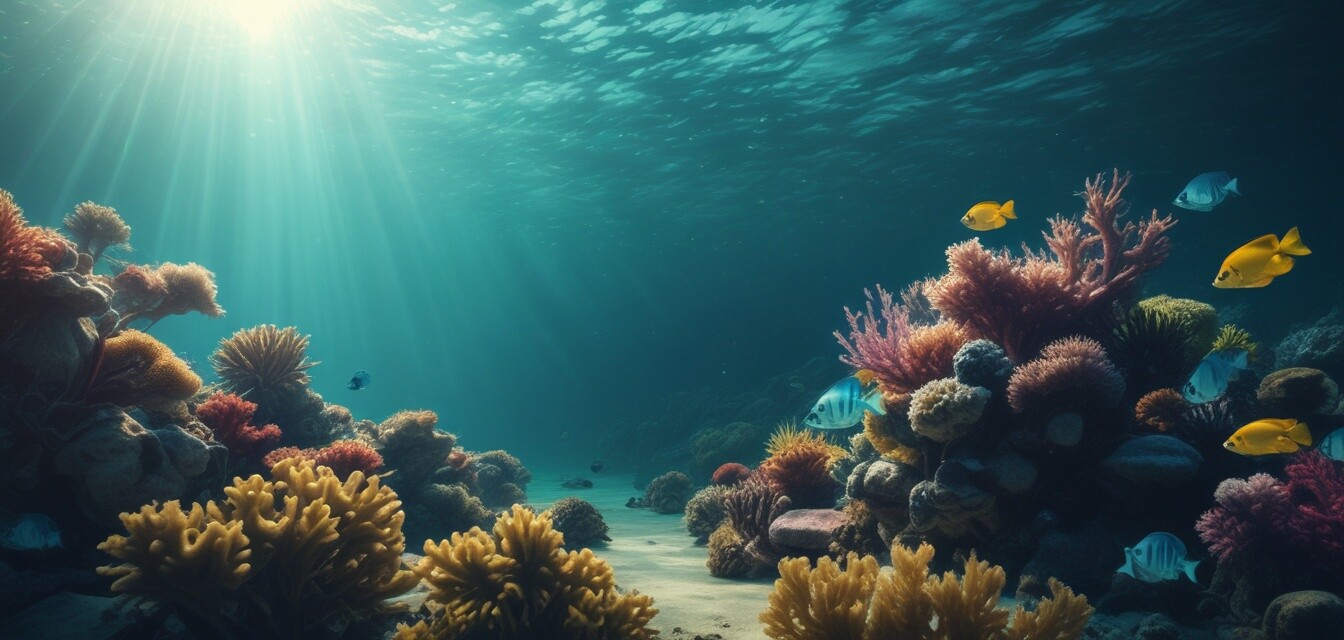
Affordable underwater lighting solutions for amateurs
Key Takeaways
- Budget-friendly options are available for both beginners and enthusiasts.
- Understanding the different types of underwater lighting is crucial for success.
- Proper lighting enhances colors and details in underwater photography.
- Accessories like filters can improve lighting effectiveness.
- Research is essential before choosing the right gear for your needs.
Underwater photography is a unique art form that allows you to capture the beauty of the marine world. However, proper lighting is essential to make your images pop. There are many affordable underwater lighting solutions available today that are perfect for amateurs. In this guide, we will explore various budget-friendly options to help you light up your underwater adventures.
Understanding the importance of lighting in underwater photography
When diving below the surface, natural light begins to fade rapidly. This is why artificial lighting plays a crucial role in achieving stunning underwater images. Proper lighting can help to:
- Enhance colors: Underwater, colors can appear muted. Good lighting helps in bringing out the vibrant hues of marine life.
- Improve visibility: Well-placed lighting can illuminate dark or dim areas, enabling better composition.
- Show details: Lighting highlights textures and intricate details of underwater subjects, making your photos more appealing.
Types of underwater lighting solutions
Let's dive into the different types of underwater lighting options available for amateurs:
| Type | Description | Pros | Cons |
|---|---|---|---|
| Continuous lights | Provide a steady beam of light, making it easier to see how your subject will look in the photo. |
|
|
| Strobe lights | Flash lighting that provides short bursts of intense light, allowing for better exposure. |
|
|
| Video lights | Designed specifically for illuminating video subjects, offering adjustable settings and color temperatures. |
|
|
Budget-friendly underwater lighting options
Here are some affordable options to consider:
- Small LED lights: Compact, lightweight, and easy to use, these lights often come with adjustable brightness settings.
- Clamp-on lights: Designed to be easily attached to your camera housing, these lights are often adjustable and can target specific areas.
- Handheld constant lights: Great for getting creative angles and experiments, these can be set in different orientations.
Tips for using underwater lighting effectively
Beginner tips
- Experiment with angles: Adjust the light's position for different effects.
- Use a diffuser: A diffuser can soften harsh light, resulting in more natural-looking photos.
- Be mindful of your distance: Too close can cause backscatter, while too far may lose detail.
- Check your settings: Use manual white balance settings to reduce color cast.
Exploring accessories for better lighting
To elevate your underwater lighting options, consider the following accessories:
- Filters: Color correction filters can help in achieving more vibrant images.
- Diffusers: Soften light to create a more natural appearance.
- Mounting brackets: To stabilize and position your lights optimally.
Conclusion
Affordable underwater lighting solutions make it easier for amateurs to enhance their photography skills. By understanding the types of lights available, utilizing effective techniques, and considering useful accessories, you can truly elevate your underwater photography experience. For further insights, feel free to explore our comprehensive guides on tips and techniques for more photographic techniques.
Pros
- Wide variety of options for different budgets
- Enhances the overall quality of underwater shots
- Improves visibility and color accuracy
Cons
- Some options may require technical knowledge to operate
- Cost can increase with advanced features
Before making your choice, consider checking our Underwater Lighting category for the latest options and reviews.
Happy underwater shooting!

